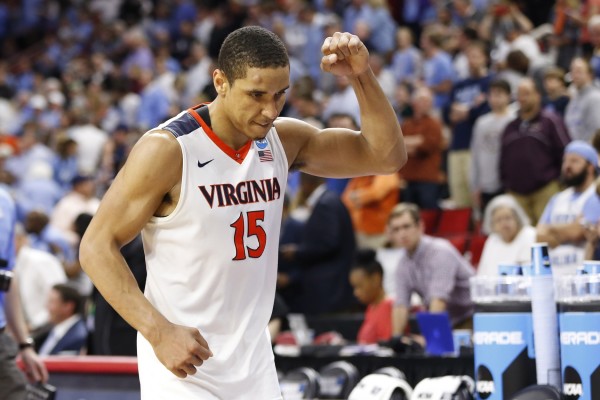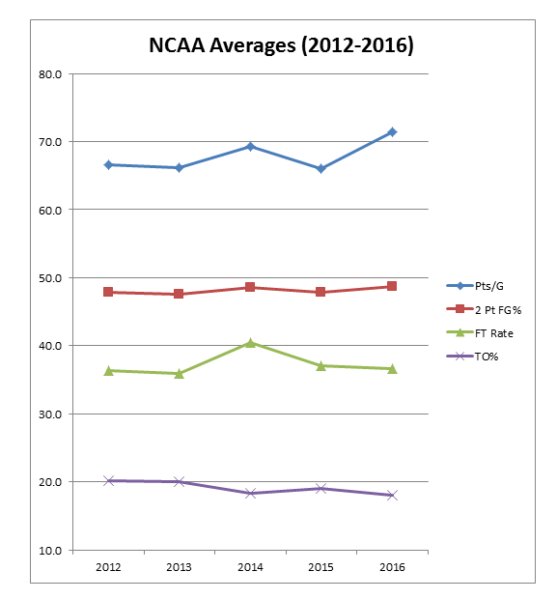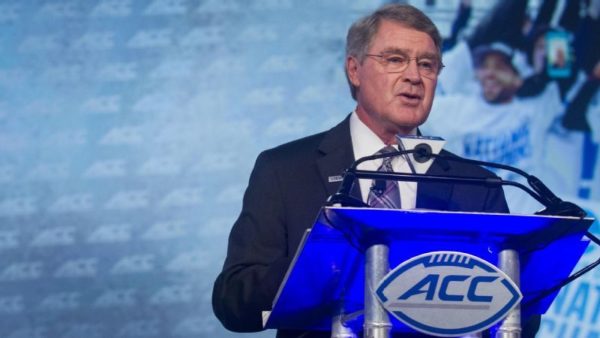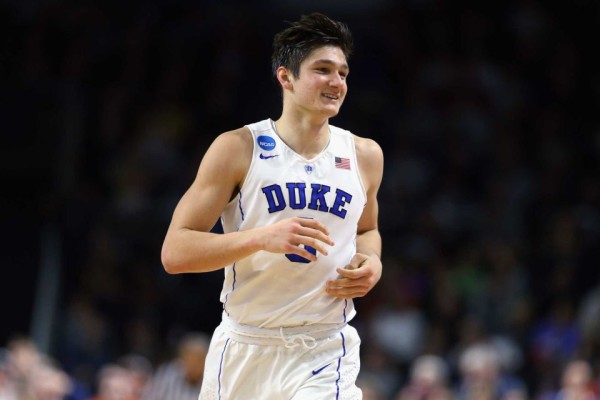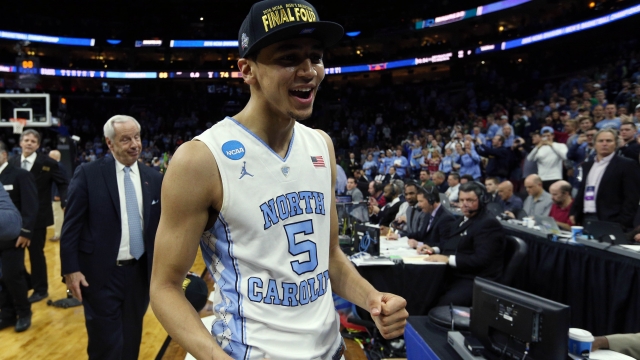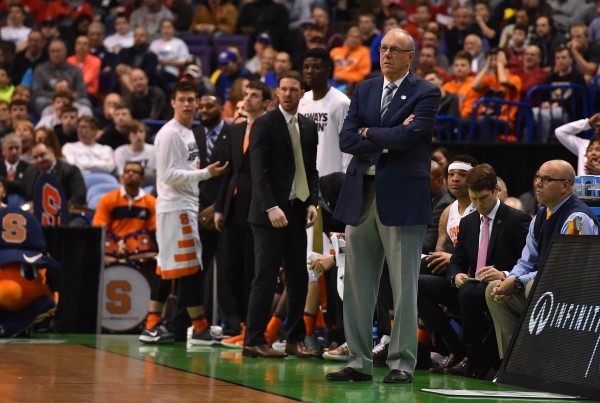Louisville Receives NCAA Notice of Allegations
Posted by Brad Jenkins on October 20th, 2016Earlier today Louisville announced that it had received the NCAA’s notice of allegations concerning last year’s stripper scandal, providing a redacted copy of the notice. As it turns out, the NCAA has charged the school’s basketball program with four Level One violations – the most severe level on their spectrum. The investigation stems from accusations made by former escort Katina Powell, who claimed in her book, Breaking Cardinal Rules, that former Louisville director of basketball operations Andre McGee paid her and other escorts thousands of dollars in exchange for sex with recruits and players in Minardi Hall, an on-campus dorm.
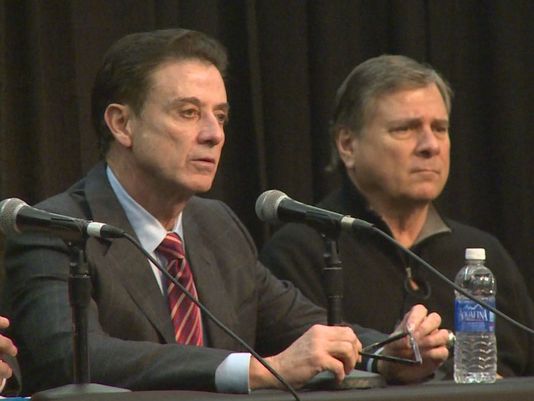
Louisville’s Rick Pitino and Tom Jurich plan to fight the allegation made against the Cardinals’ Head Coach. (Photo: WHAS11)
All four of the Level One violations are directed at individuals, which means the school has potentially avoided crippling ‘lack of institutional control’ or ‘failure to monitor’ sanctions. However, Rick Pitino was personally delivered a Level One charge for failing to demonstrate that he adequately monitored his assistant coach, McGee. At a noon press conference today, athletic director Tom Jurich said the school will dispute the serious charge against the Cardinals’ head coach. Two other Level One violations involve McGee’s role in the scandal. It will be hard for Louisville to contest those charges, since it’s unlikely that any further facts in the case can be uncovered. As Pitino noted at today’s press conference, “Andre has been advised by his attorney not to speak.” The final violation is directed at Brandon Williams, who was on the Louisville staff after the scandal broke. Williams is charged with failing to cooperate with NCAA investigators by refusing to turn over requested phone records.





























